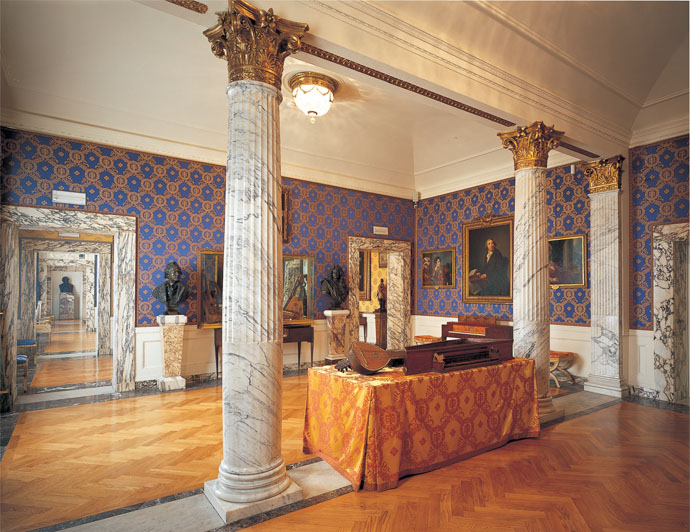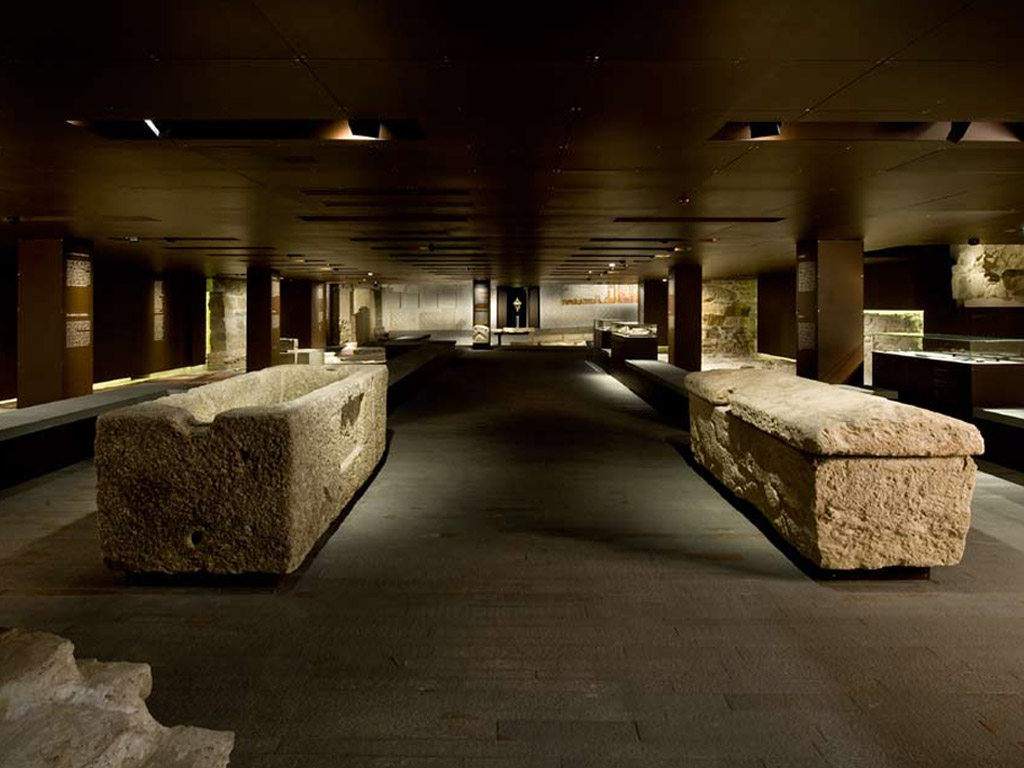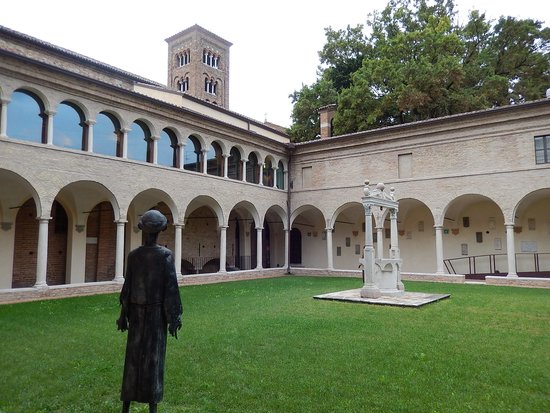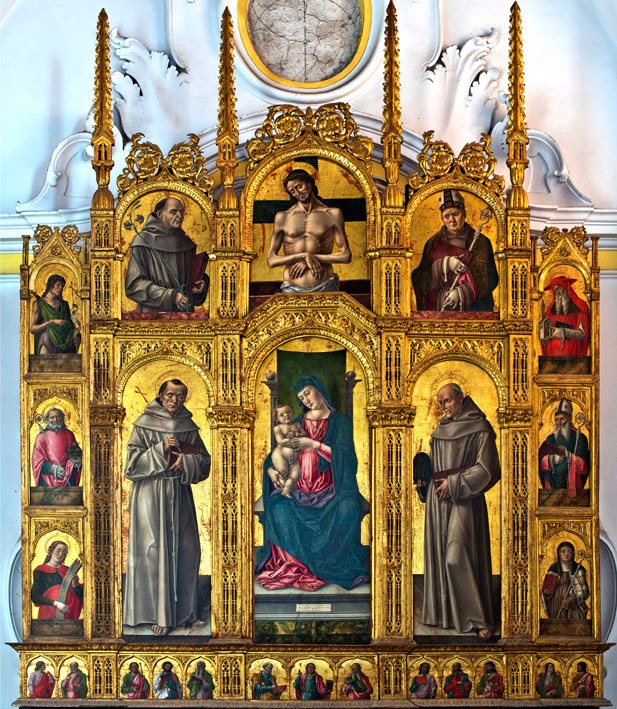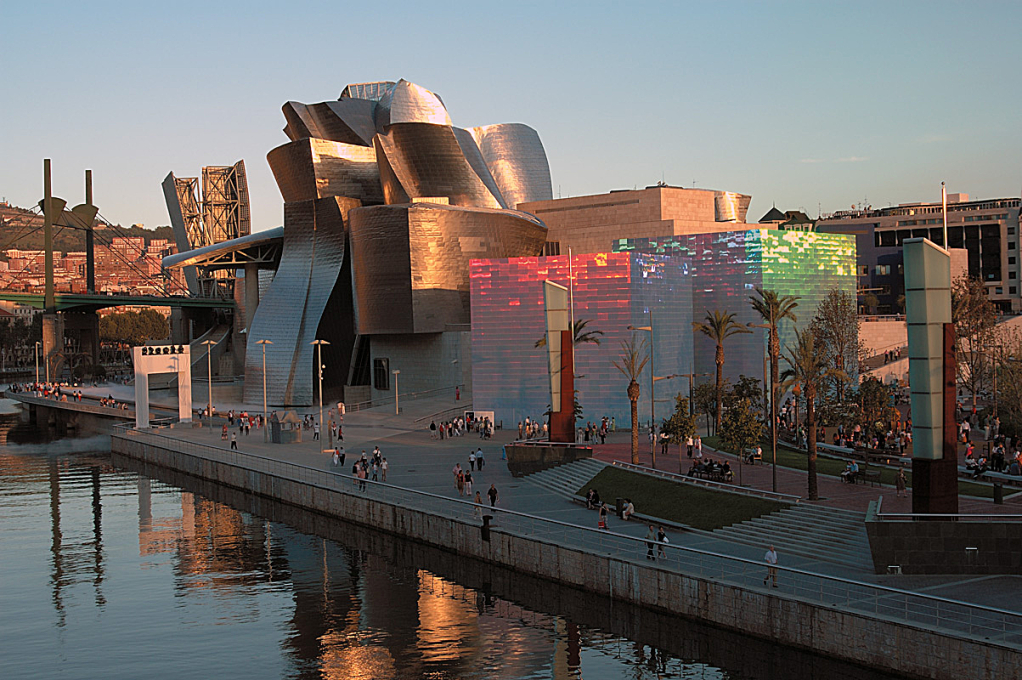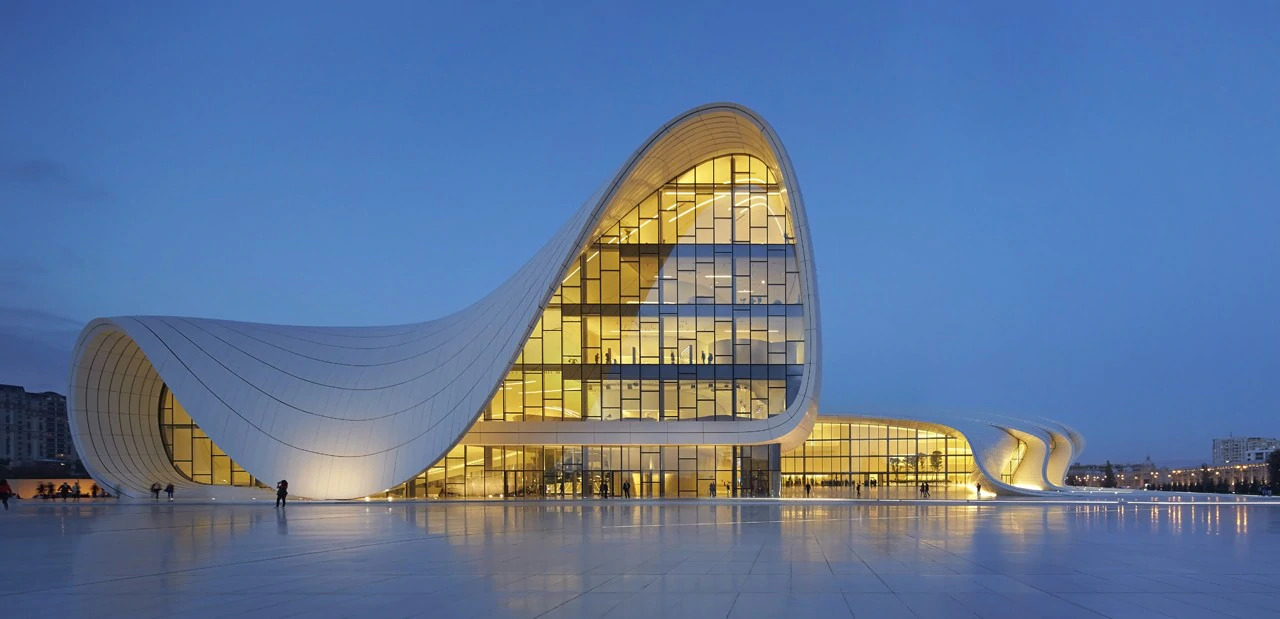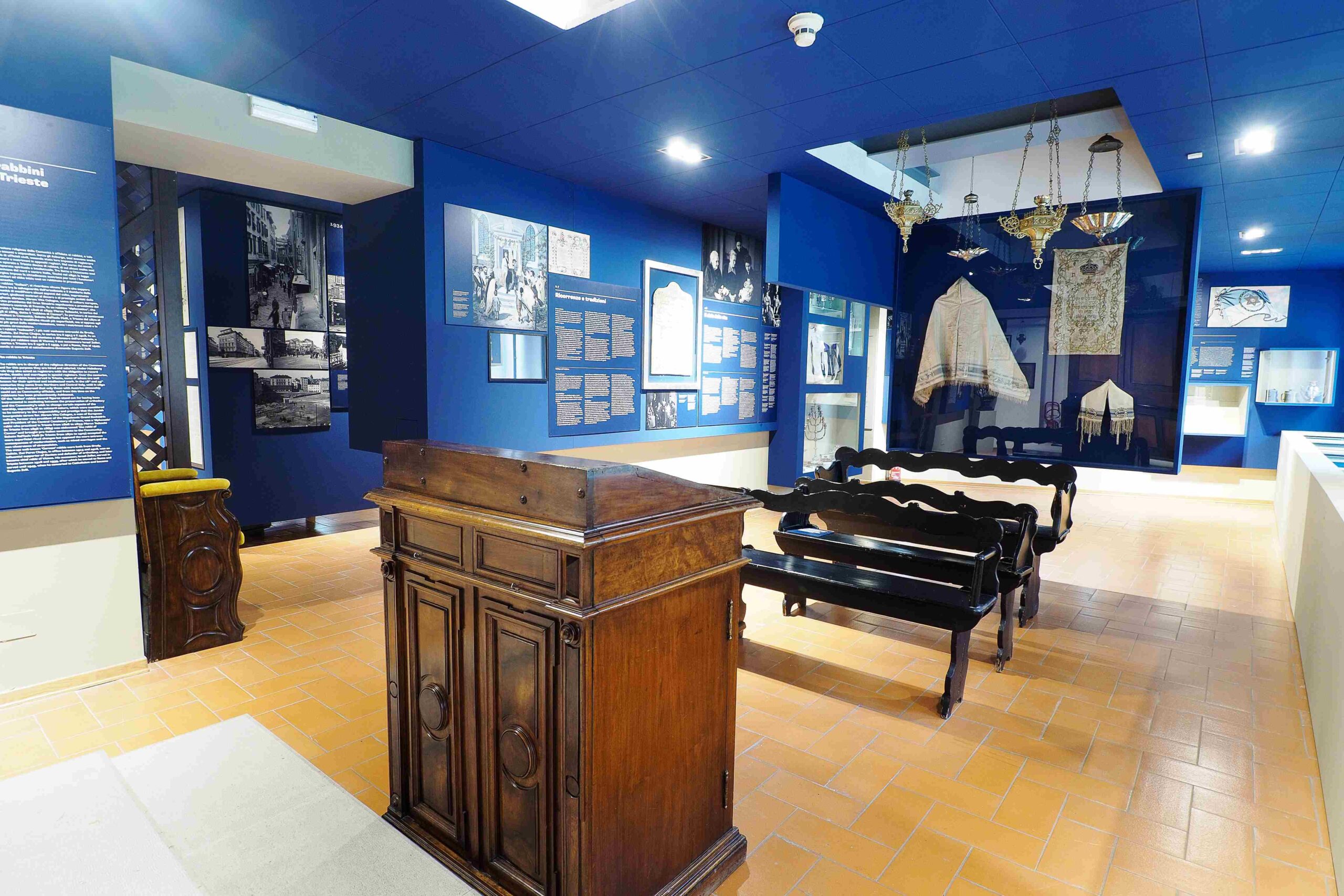The Teatro alla Scala is certainly one of the monuments that constitute and characterize the face of the city of Milan. Built in its present form at the end of the eighteenth century to replace the ancient theatre that had burnt down in a fire, the building site of the new construction took shape under the skilful hand of the Hapsburg court architect Giuseppe Piermarini, becoming one of the most perfect examples of neoclassical aesthetics. The Teatro alla Scala was an extraordinary multi-purpose machine: inside it there were kitchens to serve dinner to the spectators, but there was also the possibility of flooding the stalls to recreate naval battle shows. The Museum of La Scala Theatre collects countless testimonies of the three centuries of life of the great temple of opera, ranging from drawings and sketches to the twentieth century.
Musical instruments, paintings, commedia dell’arte props, clothes and memorabilia revolve around the great historical performances and the figures of the great protagonists of the Teatro alla Scala: Giuseppe Verdi, whose funeral mask and cast of his right hand are preserved in the Museum, as well as memorabilia from the Rest Home for Musicians he founded, Eleonora Duse, Giuditta Pasta, Giacomo Puccini, Arturo Toscanini and many others.
